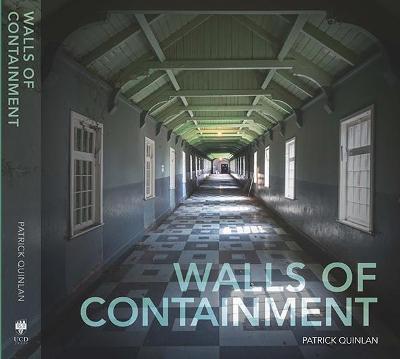We use cookies to make your experience better. To comply with the new e-Privacy directive, we need to ask for your consent to set the cookies. Learn more.
Ireland was not unique in creating and perpetuating an institutional response to insanity, but did enjoy the dubious distinction of having, by the 1950s, the world’s highest number of psychiatric beds per capita. Despite growing interest in Ireland’s historical over-reliance on institutional solutions to social problems, the physical places which provided the backdrop to this challenging aspect of our history remain largely overlooked.
Even as initial hopes for the curative power of architecture faded, structures of ever-greater complexity were needed to accommodate what contemporary commentators saw as a slow-motion ‘epidemic’ of insanity. Complemented by a detailed gazetteer which explores the history of all 29 former asylum sites on the island of Ireland, it is hoped this publication may also encourage local communities to look again at the buildings built by our forefathers ‘with such immense solidity to express the notions of their day.’
Walls of Containment traces the history of the asylum as an idea; its evolution as an institution; but most of all its legacy as a physical place that retains a powerful hold on our collective consciousness to this day.
Patrick Quinlan is a practicing architect and holds a Masters in Urban and Building Conservation from UCD, with professional experience spanning from modern healthcare to the conservation and reuse of a range of historic structures. A past recipient of the international RIBA Dissertation Commendation, he currently lives in London with his young family and is undertaking a PhD at Birkbeck, University of London, focusing on the contested legacies of Ireland’s former asylum sites.
| ISBN/EAN | 9781910820742 |
|---|---|
| Author | Patrick Quinlan |
| Publisher | UCD Press |
| Publication date | 1 Apr 2021 |
| Format | Hardback |
